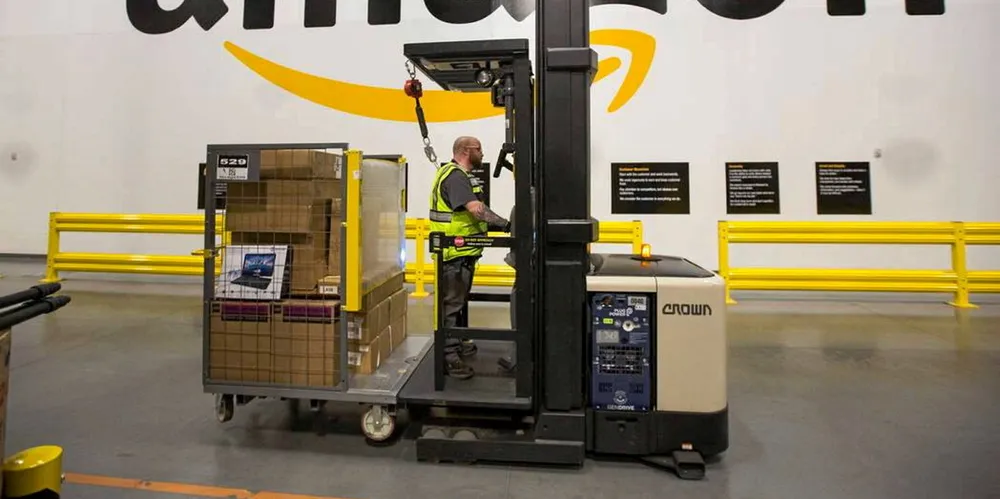Amazon makes first purchase of green hydrogen as it picks up pace on delivering net-zero
US electrolyser maker Plug Power will provide e-commerce giant with almost 11,000 tonnes a year as part of its own expansion into renewable H2 production

US electrolyser maker Plug Power will provide e-commerce giant with almost 11,000 tonnes a year as part of its own expansion into renewable H2 production
